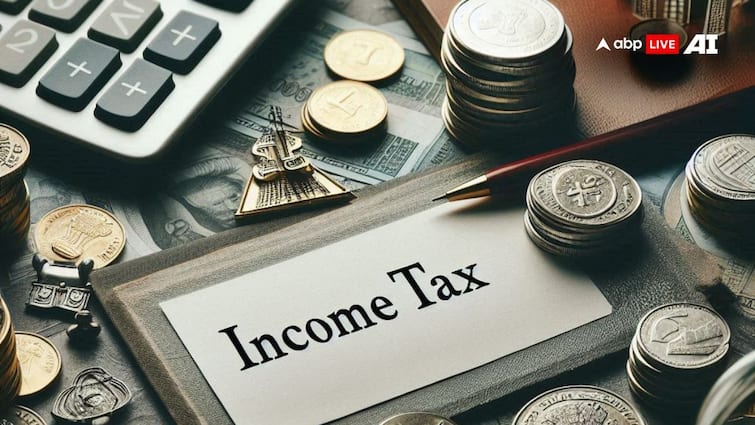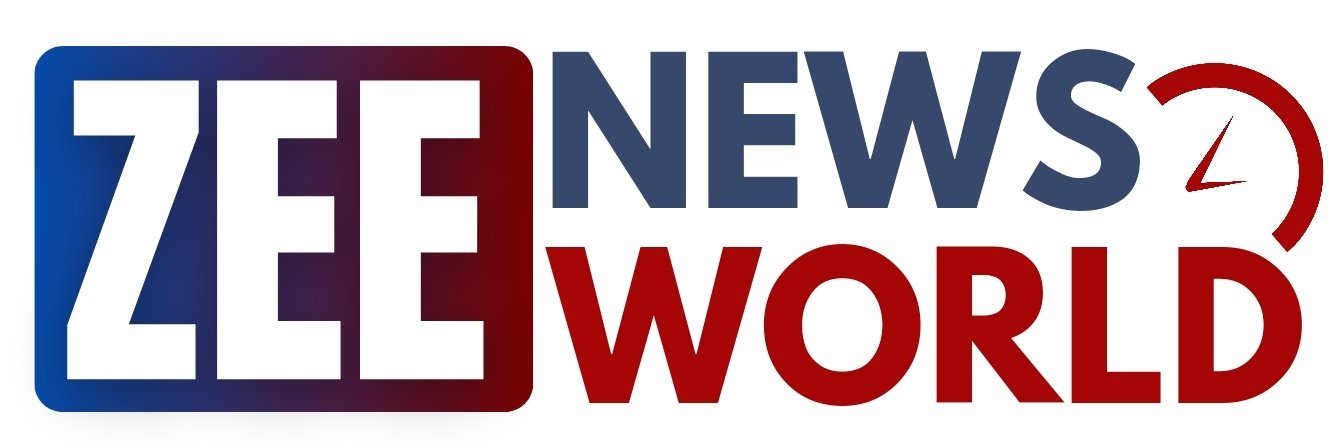Explained: If Income Up To Rs 12 Lakh Is Tax-Free, Why The 10 Per Cent Slab?
Finance Minister Nirmala Sitharaman has introduced several tax changes to benefit the middle class. These are the most significant updates in tax slabs in over a decade. The biggest change is that income up to Rs 12 lakh is now tax-free. For salaried individuals and pensioners, the standard deduction has been increased to Rs 75,000. This effectively raises their tax-free income to Rs 12.75 lakh. With additional deductions, this limit can go even higher. This is a substantial increase from the previous tax-free limit of Rs 7.75 lakh. As a result, a large number of taxpayers may no longer have to pay any income tax at all. How Does the Rs 12 Lakh Tax-Free Income Work? To understand this, we need to look at the available rebates. The rebate under Section 87A has been increased. Originally introduced in 2013, this rebate initially provided a small tax relief of Rs 2,000 for those earning up to Rs 5 lakh. Over the years, both the rebate amount and eligibility limits have been revised. This year, the rebate has been raised to Rs 60,000 for incomes up to Rs 12 lakh. Last year, it was Rs 25,000 and applied to incomes up to Rs 7 lakh. Due to this change, individuals earning between Rs 7.75 lakh and Rs 12.75 lakh can now save up to Rs 83,200 in taxes. However, the rebate under Section 87A applies only to individuals with incomes up to Rs 12 lakh. For those earning above this threshold, standard tax rates apply without any rebate. This is why the 10 per cent tax slab remains relevant for taxpayers whose incomes exceed Rs 12 lakh. Here are the new tax slab rates: News Tax slabs Tax Rate 0-4 lakh rupees Nil 4-8 lakh rupees 5 per cent 8-12 lakh rupees 10 per cent 12-16 lakh rupees 15 per cent 16-20 lakh rupees 20 per cent 20- 24 lakh rupees 25 per cent Above 24 lakh rupees 30 per cent Let us understand this with an example. For instance, if your income is Rs 15 lakh, the first Rs 4 lakh is tax-free. For the next Rs 4 lakh (from Rs 4 lakh to Rs 8 lakh), you’ll pay a 5 per cent tax. For the portion between Rs 8 lakh and ₹12 lakh, the tax rate is 10 per cent. Finally, the last Rs 3 lakh (from Rs 12 lakh to Rs 15 lakh) is taxed at 15 per cent. When you add up all the taxes, the total tax comes to Rs 1,22,150. So, someone earning Rs 15 lakh will need to pay Rs 1,22,150 in taxes. Also Read : What Changes For You With New Income Tax Slabs? Check The Revised Rates In Budget 2025 Inflation And Taxes For over a decade, tax slabs were not adjusted for inflation. In the new tax regime, the 30 per cent tax slab remained frozen at Rs 15 lakh since 2020. Under the old regime, the 20 per cent and 30 per cent slabs have remained unchanged since 2012. For salaried taxpayers who claim deductions and exemptions, the difference between the two regimes was minimal. But now, much-needed relief has finally arrived. The increase in tax-free income is a welcome change, but the biggest beneficiaries are those earning between Rs 15 lakh and Rs 25 lakh. Their tax burden has been reduced by 25-31 per cent, offering significant relief in these inflationary times. In simple terms, this translates to a monthly saving of Rs 7,800 for those earning Rs 20 lakh, going up to Rs 10,400 for incomes above Rs 50 lakh. (The author is the CEO of BankBazaar.com. This article has been published as part of a special arrangement with BankBazaar)

Finance Minister Nirmala Sitharaman has introduced several tax changes to benefit the middle class. These are the most significant updates in tax slabs in over a decade. The biggest change is that income up to Rs 12 lakh is now tax-free.
For salaried individuals and pensioners, the standard deduction has been increased to Rs 75,000. This effectively raises their tax-free income to Rs 12.75 lakh. With additional deductions, this limit can go even higher. This is a substantial increase from the previous tax-free limit of Rs 7.75 lakh. As a result, a large number of taxpayers may no longer have to pay any income tax at all.
How Does the Rs 12 Lakh Tax-Free Income Work?
To understand this, we need to look at the available rebates. The rebate under Section 87A has been increased. Originally introduced in 2013, this rebate initially provided a small tax relief of Rs 2,000 for those earning up to Rs 5 lakh. Over the years, both the rebate amount and eligibility limits have been revised.
This year, the rebate has been raised to Rs 60,000 for incomes up to Rs 12 lakh. Last year, it was Rs 25,000 and applied to incomes up to Rs 7 lakh. Due to this change, individuals earning between Rs 7.75 lakh and Rs 12.75 lakh can now save up to Rs 83,200 in taxes.
However, the rebate under Section 87A applies only to individuals with incomes up to Rs 12 lakh. For those earning above this threshold, standard tax rates apply without any rebate. This is why the 10 per cent tax slab remains relevant for taxpayers whose incomes exceed Rs 12 lakh.
Here are the new tax slab rates:
|
News Tax slabs |
Tax Rate |
|
0-4 lakh rupees |
Nil |
|
4-8 lakh rupees |
5 per cent |
|
8-12 lakh rupees |
10 per cent |
|
12-16 lakh rupees |
15 per cent |
|
16-20 lakh rupees |
20 per cent |
|
20- 24 lakh rupees |
25 per cent |
|
Above 24 lakh rupees |
30 per cent |
Let us understand this with an example. For instance, if your income is Rs 15 lakh, the first Rs 4 lakh is tax-free. For the next Rs 4 lakh (from Rs 4 lakh to Rs 8 lakh), you’ll pay a 5 per cent tax. For the portion between Rs 8 lakh and ₹12 lakh, the tax rate is 10 per cent. Finally, the last Rs 3 lakh (from Rs 12 lakh to Rs 15 lakh) is taxed at 15 per cent.
When you add up all the taxes, the total tax comes to Rs 1,22,150. So, someone earning Rs 15 lakh will need to pay Rs 1,22,150 in taxes.
Also Read : What Changes For You With New Income Tax Slabs? Check The Revised Rates In Budget 2025
Inflation And Taxes
For over a decade, tax slabs were not adjusted for inflation. In the new tax regime, the 30 per cent tax slab remained frozen at Rs 15 lakh since 2020. Under the old regime, the 20 per cent and 30 per cent slabs have remained unchanged since 2012. For salaried taxpayers who claim deductions and exemptions, the difference between the two regimes was minimal. But now, much-needed relief has finally arrived.
The increase in tax-free income is a welcome change, but the biggest beneficiaries are those earning between Rs 15 lakh and Rs 25 lakh. Their tax burden has been reduced by 25-31 per cent, offering significant relief in these inflationary times. In simple terms, this translates to a monthly saving of Rs 7,800 for those earning Rs 20 lakh, going up to Rs 10,400 for incomes above Rs 50 lakh.
(The author is the CEO of BankBazaar.com. This article has been published as part of a special arrangement with BankBazaar)
What's Your Reaction?











































